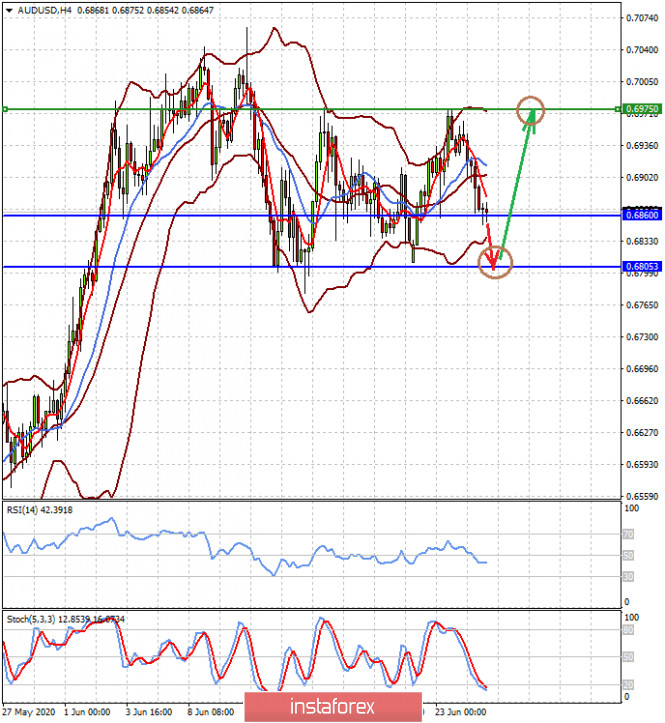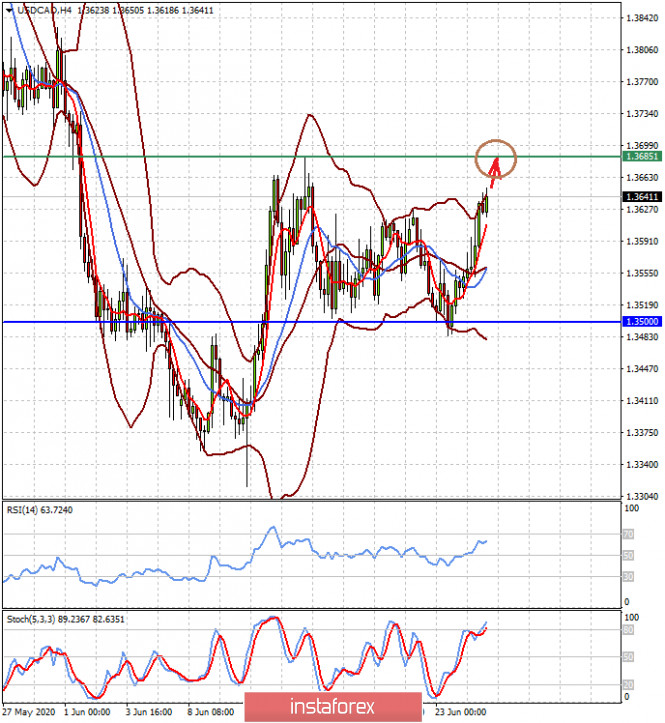The uncontrollable coronavirus pandemic in the United States, as well as in the Western Hemisphere as a whole, drives financial markets into the "Procrustean bed". Investors cannot understand what to do, which leads to high volatility in the markets and a state of general nervousness.
Reports from the United States about a sharp rise in the cases of COVID-19 have already stopped the June rally and fully restrains the real potential for the growth of global stock markets, the restoration of prices for commodity and commodity assets, as well as the continued depreciation of the US dollar.
Investors switched again from the release of encouraging economic statistics, both in Europe, America, and Asia, which indicate a strengthening rate of growth in the recovery of regional economies to the topic of the impact of coronavirus infection. Wednesday's news that New York, New Jersey and Connecticut have already quarantined those coming from other states with high levels of COVID-19 brought down equity markets in America itself and led Europe to fail amid fears of a second wave pandemic. The reasons for the rise in incidence in the United States are ordinary - social protests, which led to the widespread prevalence of this infection.
Fed statements by Fed member C. Evans, who was extremely pessimistic about the prospects for the country's economic recovery, worsened the situation, saying that he expects a wide economic recovery, but with a significant time delay later in 2022, and for now, the uncertainty factor will fully dominate. On the contrary, his pessimistic mood could not even be compensated by the optimistic words of J. Bullard, who said yesterday that he was waiting for a vibrant economic recovery in the second half of this year.
How will the current situation affect the currency market? We believe that the aggravation of COVID-19 will not lead to a strong demand for protective assets - for the dollar, franc, yen and government bonds of economically developed countries. Most likely, we should expect continued lateral dynamics in pairs where the dollar is present and nothing more. This is due to the fact that both the dollar and the major currencies traded against it do not have a strong weight in order to improve their position. This happens, on the one hand, due to the broadest incentive measures by the world Central Banks, cutting interest rates, and on the other, due to the weakness of economies due to the coronavirus pandemic.
We continue to expect that this state of affairs will continue until the end of this month. The negative side of COVID-19 will pull up the dollar and other defensive assets, and the glimpses of optimism, primarily related to the fact that the growth of the economies of the leading economies is restored, will support hopes for a wide revival of economic activity.
On Thursday, US GDP data for the first quarter and the values of basic orders for durable goods will be released. It is likely that the positive values of the second indicator can locally contribute to the demand for risk and ease the pressure of the dollar and other protective assets.
Forecast of the day:
The AUD/USD pair continues to remain in the range on a wave of controversial factors - the aggravation of the situation with COVID-19 in America and clear signs of a recovery in global economic growth. The pair may decline to the lower border of the range 0.6800-0.6975 before turning up to 0.6975.
The USD/CAD pair also remains in the range of 1.3500-1.3685. The declining oil prices in the wake of the situation with coronavirus infection in Canada and the US may stimulate the pair to rise to the level of 1.3685.


